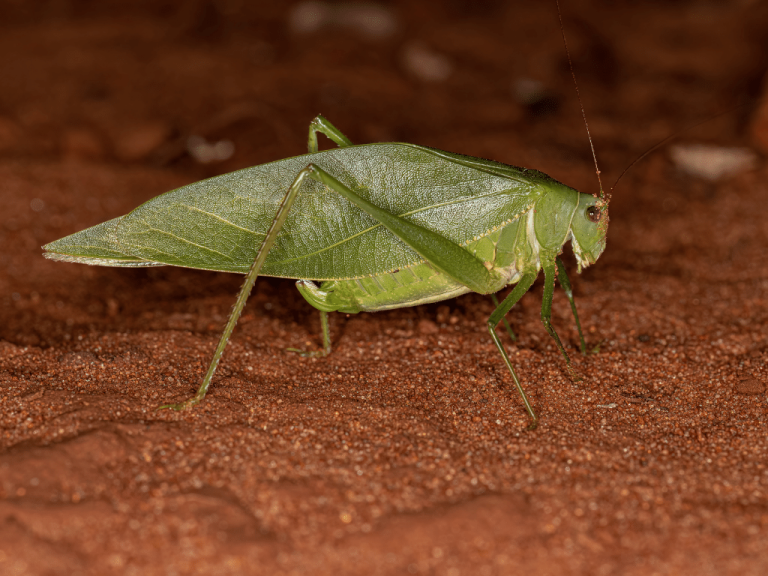Insects have extremely sensitive auditory organs. While humans use ears for hearing, insects also have “ears,” though their structure is very different from the ears of humans and other animals. According to scientific findings, the “ears” of cicadas, crickets, and katydids are composed of tympanic membranes, while the “ears” of male mosquitoes and caterpillars are made up of setae (hair-like structures). There are also many types of insects for which it is still unknown whether they have “ears.”
The “ears” of crickets and katydids are located on the tibiae of their forelegs; the “ears” of grasshoppers are on the sides of their first abdominal segment; the “ears” of cicadas are located underneath their abdomens; and the “ears” of moths can be found either on their thorax or abdomen. Male mosquitoes have densely packed setae on their antennae, which serve as their “ears.” However, the biggest difference between the auditory organs of insects and humans is that insect “ears” can discern rhythmic beats but cannot distinguish melodic tunes. Scientists have even created a device that mimics the sound of a cricket’s chirp to “play” to female crickets. While to human ears this sounds identical to a cricket’s call, the female crickets listening to the male crickets’ “performance” remain completely unresponsive to the simulated cricket sounds.

